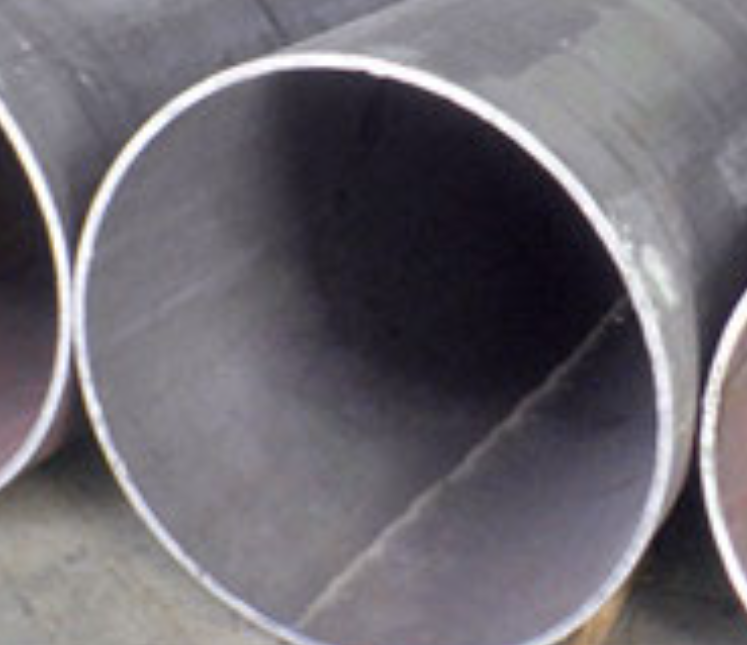-
About
-
Our Brand
-
Products
-
Community
Community
Blog
Blog
Overview of the ERW Pipe Manufacturing Process
- Writer
- STEELTOPIA
- Date
- 24-04-19
An Electric Resistance Welded (ERW) pipe is a type of steel pipe manufactured through the process of electric resistance welding, where a high-frequency electrical current is passed through the edges of a steel strip to create a welded seam. ERW pipes are commonly used in various industries due to their cost-effectiveness, versatility for a wide range of applications.

The Manufacturing process of an Electric Resistance Welded (ERW) pipe involves several key steps:
Coil Preparation: The Process begins with large coils of steel being uncoiled and flattened. These coils typically undergo surface cleaning and leveling to ensure uniformity.
Forming: The flattened steel strip is then passed through a series of forming rolls to shape it into a cylindrical tube. The edges of the strip aare gradually brought together to form a longitudinal seam.
Welding: Once the strip is formed into a cylindrical shape, an electric current is applied to the edges of the strip, generating heat. The heat fuses the edges together, creating a strong welded seam. This process is known as electric resistance welding, which lends ERW pipes their name.
Sizing: After welding, the tube is passed through a series of sizing rolls to achieve the desired diameter and wall thickness. This step also helps to ensure the welded seam is smooth and uniform.
Cooling and Cutting: The welded tube is then cooled using water or air, and any excess material is trimmed off to achieve the final length.
Testing and Inspection: ERW pipes undergo various non-destructive testing methods, including ultrasonic testing and hydrostatic testing, to ensure they meet quality standards and are free from defects.
Surface Treatment: Finally, the pipes may undergo surface treatment processes such as pickling, passivation, or coating to enhance corrosion resistance and improve appearance.
Overall, the ERW pipe manufacturing process is efficient and cost-effective, producing high-quality pipes suitable for a wide range of applications in various industries.


 HOME
HOME